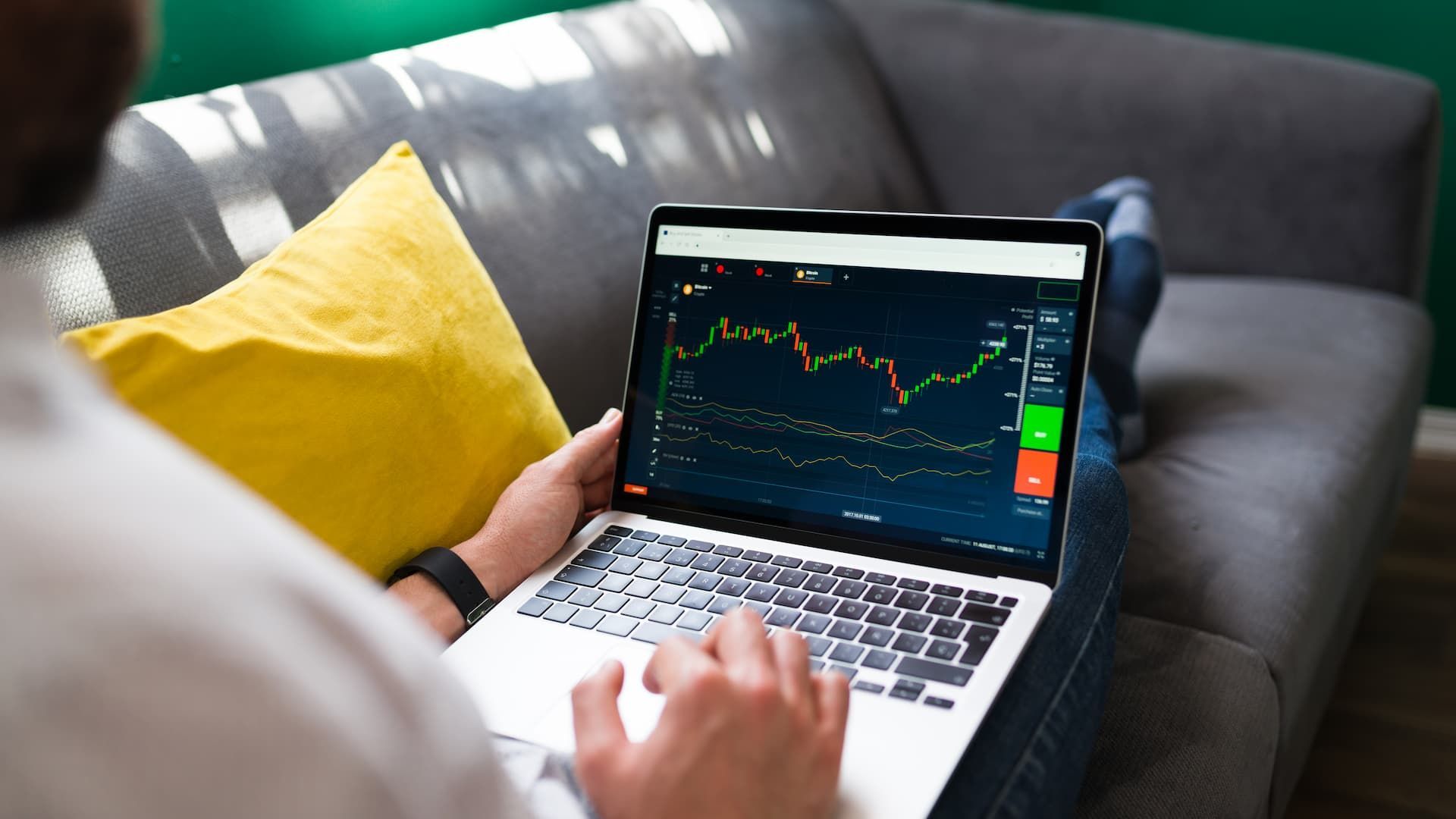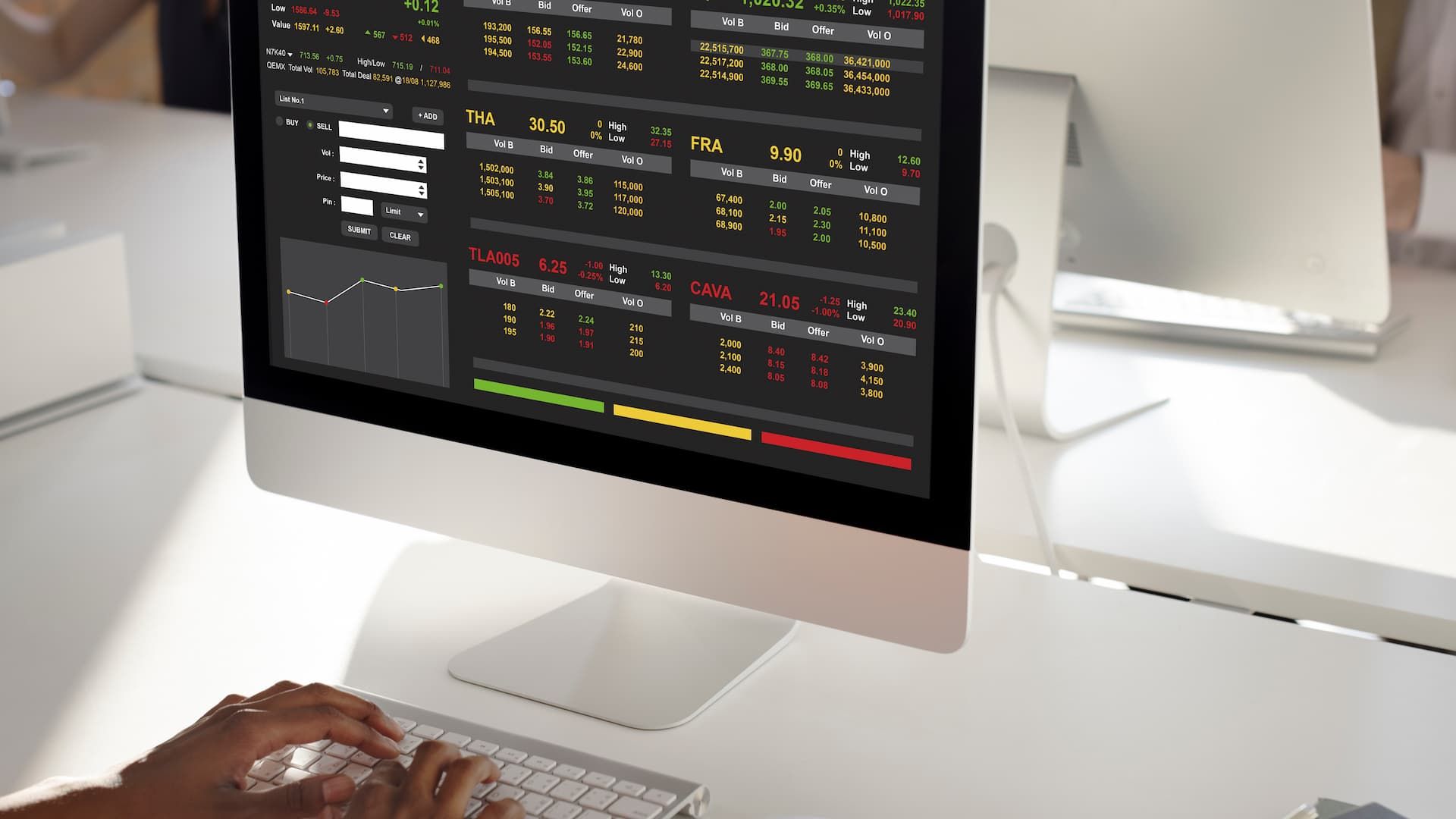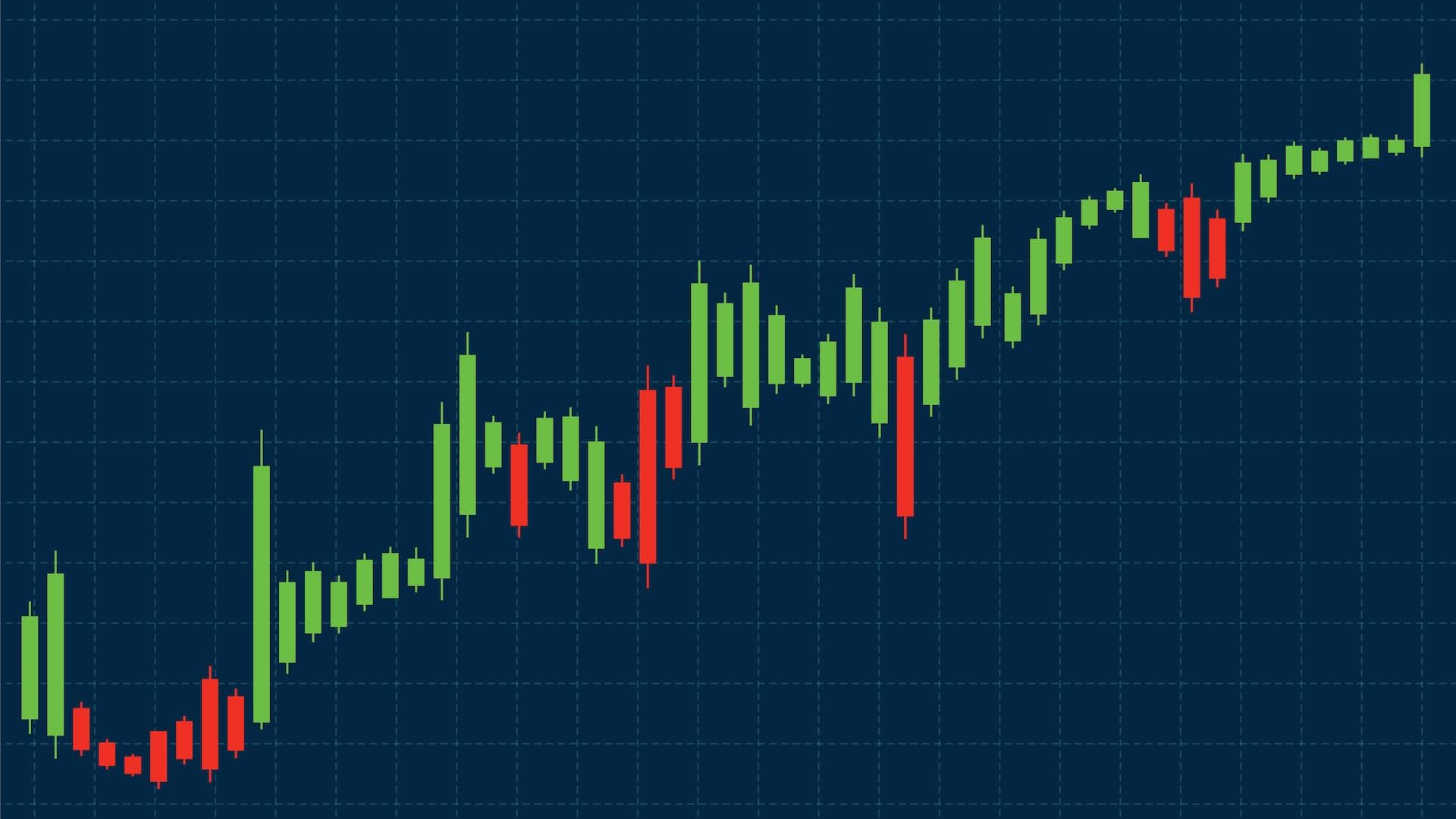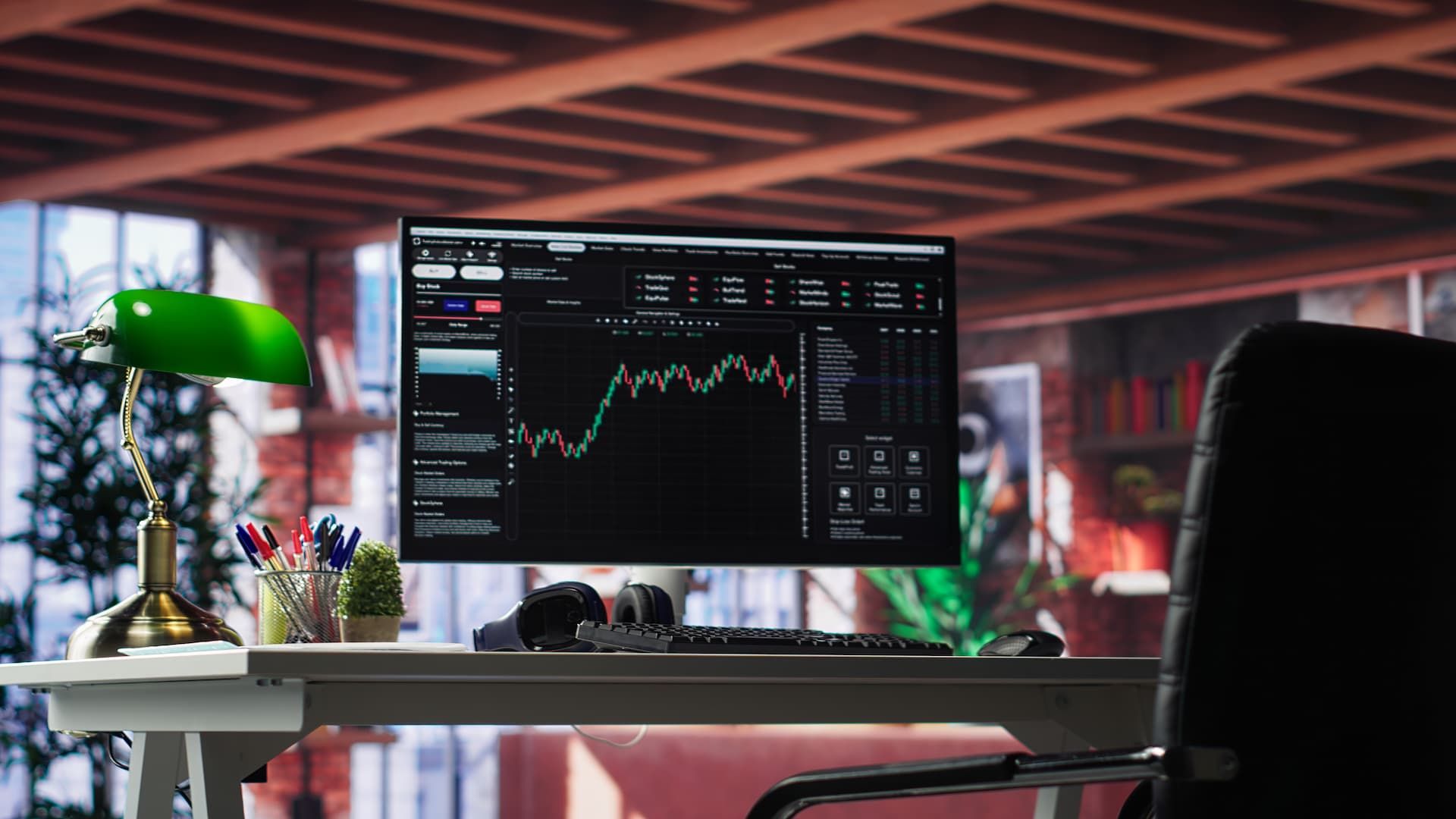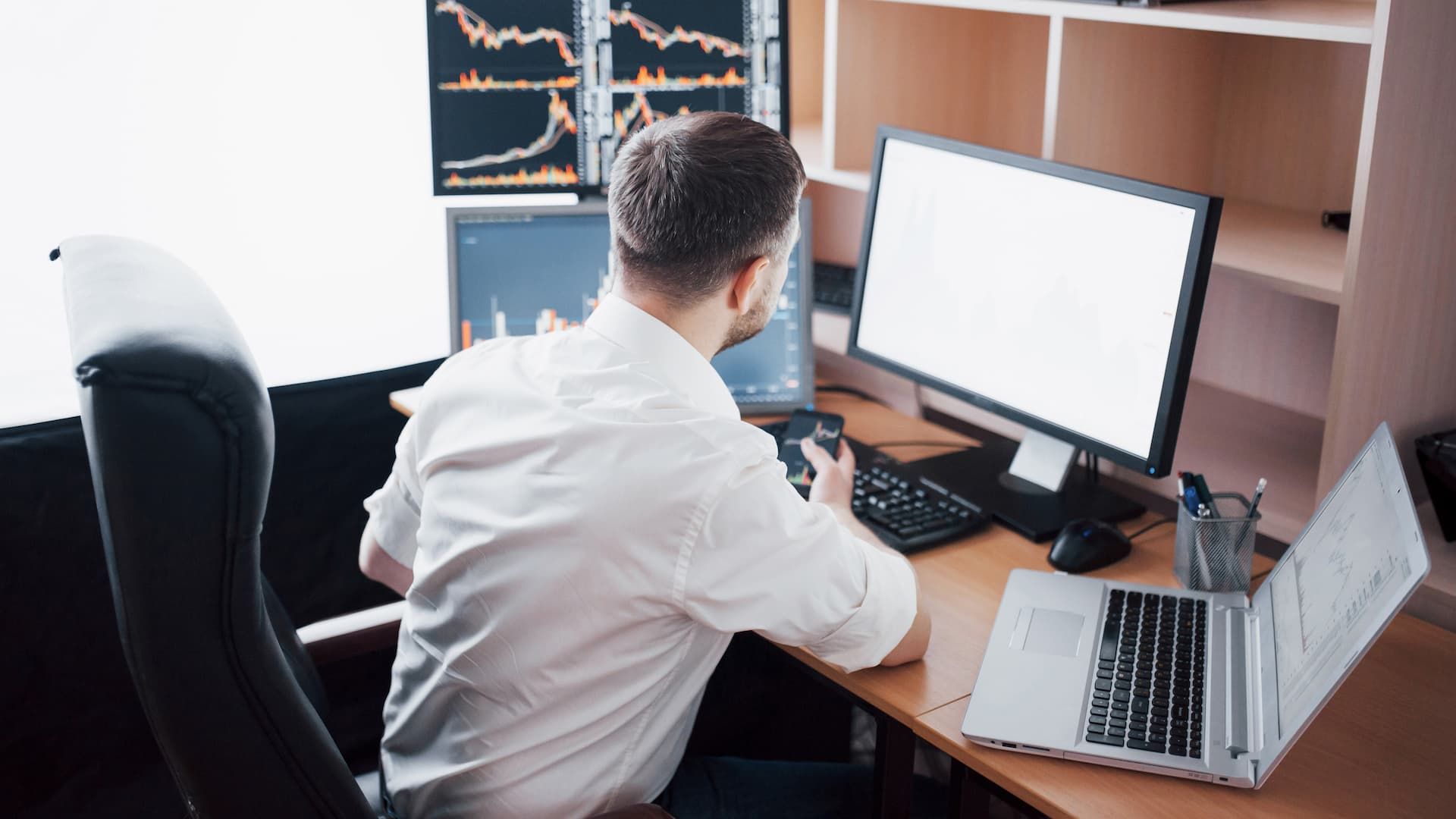The moment you move from practice trading to funding and executing your first live trade is one of the most exciting milestones in a trading journey. It is the step where theory, simulations, and preparation finally meet real market conditions. Many traders feel nervous when they first start trading with actual capital, but with a solid trading plan and reliable trading platform, the transition can be smoother than expected.
This guide explains everything beginners need to know about preparing for their first live trade, from understanding financial markets and exploring different financial instruments to setting up a trading account and creating a risk management strategy. With clear explanations, practical tips, and insights into market dynamics, you will gain the knowledge required to make informed trading decisions. And if you are ready to trade stocks, currencies, or exchange traded funds on a reliable trading platform, 24Markets.com provides the tools and support you need to start trading with confidence.
Understanding Financial Markets
What are financial markets?
Financial markets are systems where market participants buy and sell financial instruments such as currencies, stocks, commodities, and mutual funds. The stock market is one of the best-known financial markets, but the forex market is even larger in terms of trading volume. Both markets allow individuals to take advantage of price movements while interacting with millions of traders worldwide.
Every market has its own drivers. Stock trading often responds to earnings reports, company news, or global events. Forex trading, which involves currency values like the US dollar against the euro or yen, reacts to central bank policies and economic data. Commodities move based on supply and demand dynamics. Understanding how each market behaves is the first step toward developing a solid strategy.
Types of financial instruments
Traders have access to many different financial instruments, each with its own risks involved and benefits. Stocks represent ownership in a company and are common for beginners who want to trade a few stocks they know well. Exchange traded funds provide diversification by grouping multiple assets into one instrument. The forex market allows traders to speculate on currency values, while contracts for difference give exposure to indices, commodities, and other markets without owning the underlying asset.
Each instrument suits different trading styles. Position traders may prefer holding mutual funds or ETFs for long periods, while those interested in intraday trading focus on short term price movements. Day trading involves buying and selling financial instruments within the same trading day, aiming to capture sudden price movements. Exploring these options helps you match financial instruments to your own risk tolerance and goals.
How market volatility affects trades
Market volatility reflects how much an asset’s price moves within a specific period. High volatility often means larger opportunities but also higher financial risk. Low volatility markets move more slowly, which may reduce potential profits but also limit significant losses.
For day trading, market volatility is essential because it creates opportunities to capture intraday trends. However, excessive risk taking during volatile conditions is one of the reasons many day traders lose money. Successful traders use technical indicators, fundamental analysis, and strong risk management strategies to take advantage of market volatility without exposing themselves to catastrophic losses.
Preparing for Your First Live Trade
Demo account vs. live account
Most beginners start with a demo account before committing real funds. A demo account lets you practice trading in a risk free environment, using virtual funds while tracking real market price movements. It is a great way to test different trading strategies, practice emotional control, and learn how to enter and exit trades with confidence.
A live trading account, however, introduces real money and therefore real emotions. Even with a solid trading plan, traders often find that funding and executing your first live trade feels very different from placing trades in a demo account. Knowing this helps you prepare mentally for the emotional side of trading.
Benefits of practicing in a demo account
Practicing with a demo account allows you to build trading skills without the risks involved in live trading. You can try different day trading strategies, experiment with position trading, and test your ability to identify trends using technical analysis and market news. It also helps you understand how trading platforms work, from placing market orders at the current price to setting entry and exit points with limit orders.
Using a demo account regularly builds confidence and prepares you for the moment you decide to start trading with actual capital. Many successful traders credit their early demo experience as a key factor in developing a disciplined trading process.
Key differences between demo and live trading
While a demo account simulates financial markets accurately, it cannot reproduce the emotions linked to risking real money. A losing streak in a demo account might be frustrating, but in a live account it can trigger emotional decision making and impulsive trades.
Another difference is execution. In live conditions, sudden price movements can create slippage, meaning your order might fill at a slightly different price than expected. Recognizing these differences helps you avoid common mistakes when you start trading live.
Choosing Your Trading Instruments
Forex trading basics
The forex market is the largest and most liquid financial market in the world. It revolves around trading currency pairs such as the US dollar versus the euro. Traders speculate on whether one currency will rise or fall against another, and short term price movements create opportunities for both day trading and longer-term strategies.
Forex trading requires careful attention to market fundamentals such as interest rates, economic announcements, and geopolitical events. Because the market operates nearly 24 hours a day, it provides flexibility for traders with different schedules.
Exchange traded funds explained
Exchange traded funds, or ETFs, are popular financial instruments that combine multiple assets into a single trade. They allow you to invest in sectors, indices, or themes without buying individual stocks. For example, an ETF tracking the S&P 500 gives exposure to the overall market rather than just a few stocks.
For beginners, ETFs are an excellent option because they offer diversification and reduce the risks involved in trading one company’s stock. They are also liquid, which makes entering and exiting trades at a specific price easier.
Stocks, indices, and other assets
Trading in the stock market lets you own a piece of a company. Stock trading attracts both day traders who take advantage of short term price movements and position traders who hold a few stocks for weeks or months. Indices like the S&P 500 or Dow Jones track groups of companies and help identify broader market trends.
Other asset classes include commodities like gold or oil, and mutual funds that are managed by financial advisors. Each of these instruments can be part of a solid trading plan depending on your trading style and market analysis skills.
Fundamental analysis for beginners
Understanding company fundamentals
Fundamental analysis studies the financial health of companies or entire sectors. For stock trading, this means reviewing revenue, earnings reports, and balance sheets. Understanding fundamentals helps you anticipate how market participants may react to company news, which directly impacts an asset’s price.
Using economic data for trading decisions
Forex and commodities often react to economic data such as GDP growth, inflation rates, and employment figures. Sudden price movements after market news are common, and traders who prepare by analyzing economic calendars make more informed trading decisions. Following market fundamentals is an essential part of building a solid strategy.
Setting Up Your Trading Account
How to fund a live trading account
Funding a live trading account involves selecting your preferred deposit method. Most online brokers, including 24Markets.com, provide multiple options such as bank transfers, credit cards, and e-wallets. Before funding, ensure that you meet the minimum account balance required and only deposit capital you can afford to risk.
Choosing the right broker for your needs
A reliable trading platform is critical for a smooth trading journey. Look for brokers with transparent fees, strong regulation, and responsive support. A solid trading plan is only as good as the broker that executes it, so partnering with a platform like 24Markets.com gives you access to real time data, advanced technical indicators, and professional trading tools.
Deposit and withdrawal options
Before funding your account, review the broker’s deposit and withdrawal policies. A trustworthy broker makes it easy to move funds in and out of your account without unnecessary delays. Having confidence in your ability to access your trading capital is essential for long term success.
Developing Your Trading Strategy
Momentum trading explained
Momentum trading is a popular style where traders enter positions when an asset’s price is moving strongly in one direction. It often relies on technical analysis tools like moving averages or support and resistance levels to identify entry and exit points. While it can generate quick profits, momentum trading also carries significant risks, so a proper risk management strategy is necessary.
Risk management in day trading
Day trading involves buying and selling financial instruments within the same trading day. Because of the short time frame, day traders face significant risks if they ignore risk management. Successful traders use stop loss discipline, predefined risk limits, and careful position sizing to reduce the chance of significant losses.
Setting realistic profit targets
A solid strategy includes realistic profit targets that align with market conditions. Many traders fail because they expect short term price movements to deliver extraordinary gains. Setting achievable goals based on technical analysis and current market sentiment keeps your trading performance steady and sustainable.
Stop loss and position sizing
Stop loss orders protect your trading capital by automatically closing trades if the market price moves against you. Position sizing ensures that each trade risks only a small portion of your account. Combining these tools helps you trade consistently while managing the financial risk associated with sudden price movements.
Market Analysis Techniques
Technical analysis basics
Technical analysis studies price movements using charts and indicators. Traders look at recurring patterns, trend lines, and support and resistance levels to identify entry and exit points. While past performance does not guarantee future outcomes, technical analysis remains one of the most common methods in trading for beginners.
Combining technical and fundamental analysis
Many successful traders combine technical indicators with market fundamentals to strengthen their trading decisions. For example, if technical analysis shows a breakout at a specific price level and economic data supports the trend, the trade offers a higher probability of success.
Analyzing market trends and volatility
Identifying market trends helps traders align with the overall market direction, while monitoring market volatility informs them about risks involved. Using average trading volume and volatility indicators helps refine trading styles for different market conditions.
Using indicators for entry and exit points
Indicators such as RSI, MACD, or moving averages guide traders in identifying precise entry and exit points. These tools reduce emotional decisions by providing structure to the trading process.
Monitoring news and economic events
Market news often causes sudden price movements. Following announcements such as interest rate decisions or employment data helps traders prepare for potential volatility. Many educational resources recommend keeping an economic calendar as part of your trading routine.
Executing Your First Trade
Step-by-step guide to placing a trade
Executing your first live trade begins by selecting an instrument, setting your entry point, defining stop loss and take profit levels, and confirming the order on your trading platform. Once the trade is open, managing emotions is just as important as market analysis.
Selecting order types: market, limit, stop
A market order executes instantly at the current price, while a limit order enters only at a specific price chosen by the trader. Stop orders are commonly used to protect against significant losses or to trigger entry at breakout levels. Understanding these order types helps you adapt to different market dynamics.
Timing your trades for market conditions
Liquidity and trading volume vary throughout the trading day. For forex trading, the overlap between European and US sessions often provides the most active price movements. Timing your trades during high trade volume ensures smoother execution and better entry and exit points.
Reviewing your trades to improve performance
After funding and executing your first live trade, reviewing the process is crucial. Recording each trade in a detailed trading journal allows you to identify patterns, avoid recurring mistakes, and improve consistency. Over time, this habit builds a disciplined and systematic approach to trading.
Tips for Successful First Trades
Emotional control in live trading
Trading psychology plays a major role in successful trading. Emotional responses such as fear, greed, or frustration can lead to impulsive decisions and revenge trading. Practicing emotional control and sticking to predefined rules helps you trade consistently, even during market fluctuations.
Learning from early mistakes
Many traders fail at the beginning because they do not learn from their early mistakes. Impulsive trades, excessive risk taking, or ignoring market fundamentals are common pitfalls. By treating mistakes as part of continuous learning, you improve your trading skills and build resilience.
Tracking your progress with a trading journal
Keeping a detailed trading journal is one of the most effective ways to track trading performance. Recording individual trades, entry and exit points, market conditions, and emotional triggers provides valuable insights into your progress. Over time, this record becomes a guide for building a solid strategy that helps you achieve long term success.
